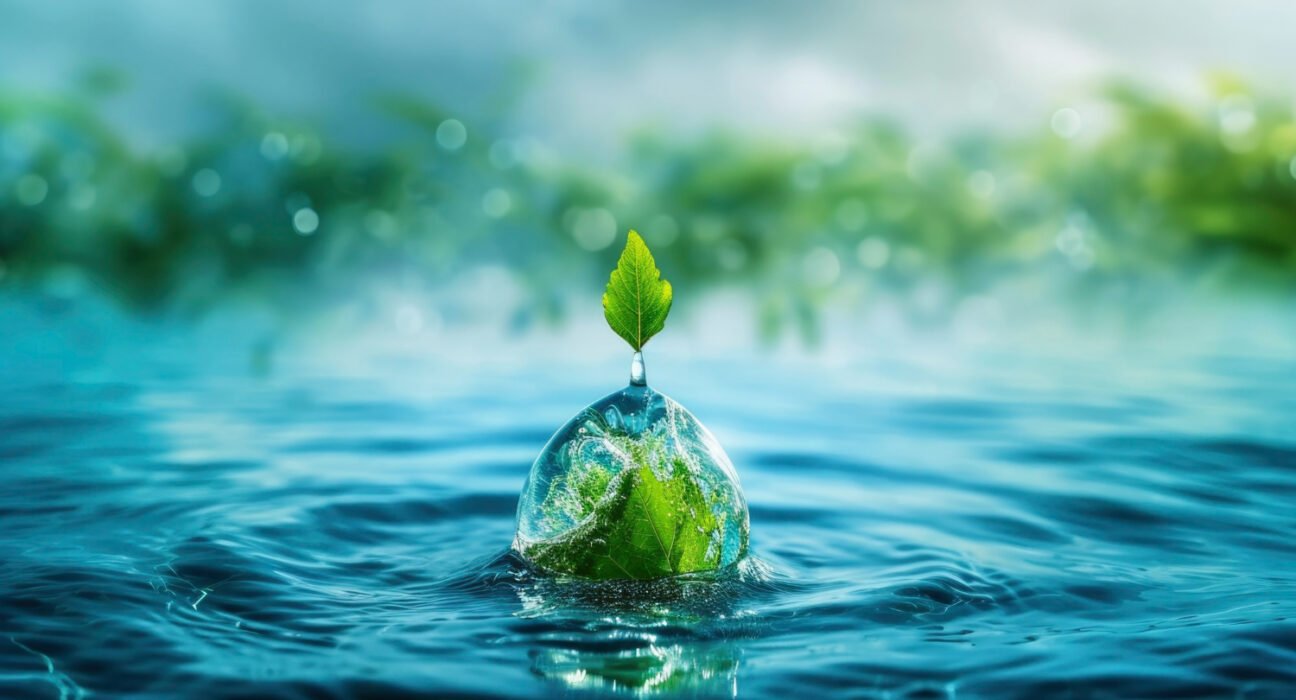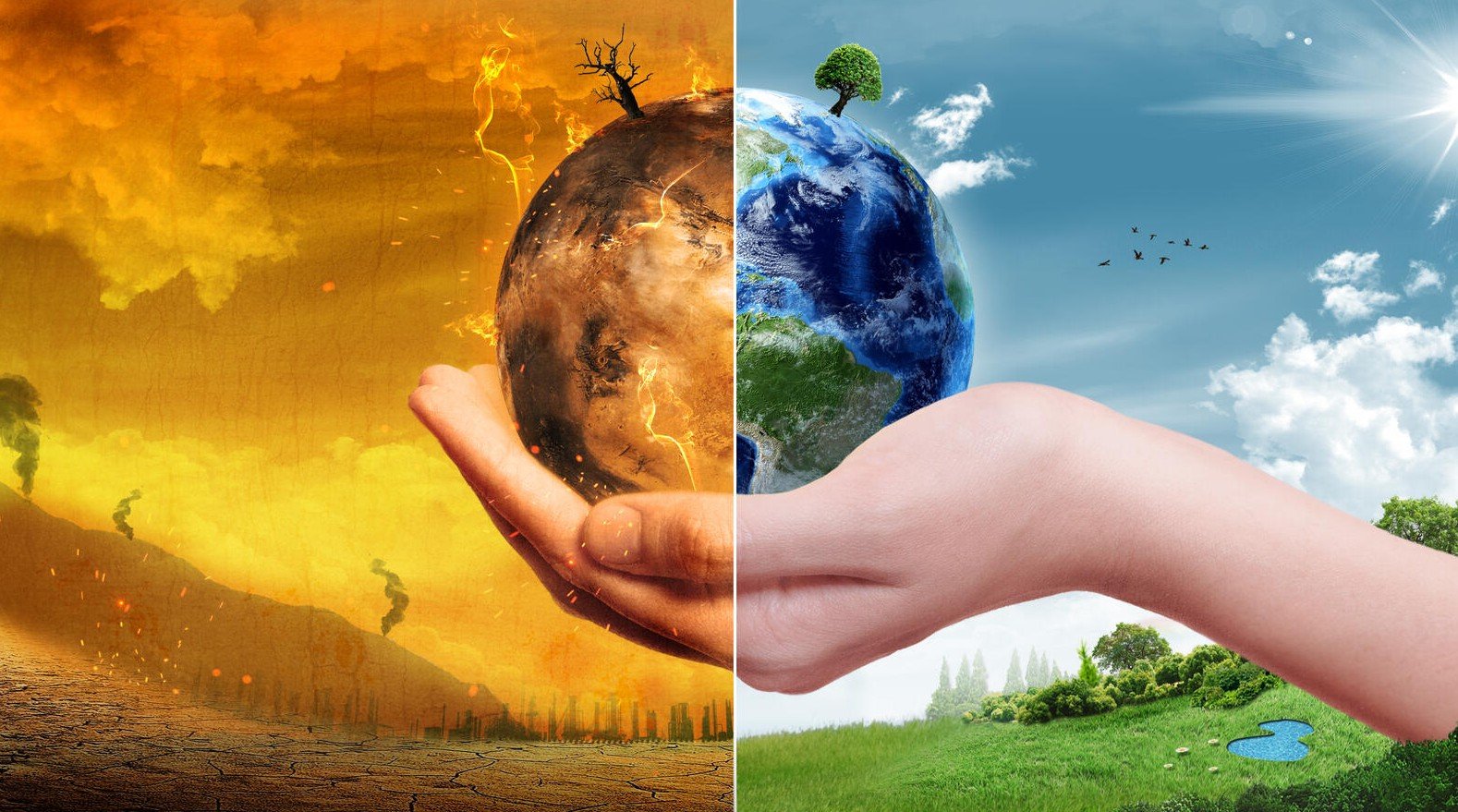The Water Crisis: Challenges and Solutions for a Thirsty Planet

Water is life, yet over 2.2 billion people lack access to safe drinking water globally. As climate change accelerates and populations grow, water scarcity has become one of the most pressing global challenges in 2025. This blog explores the depth of the water crisis, its causes, consequences, and the cutting-edge solutions for water scarcity that are emerging across the world.
Understanding the Global Water Crisis
What is the Water Crisis?
The water crisis refers to the shortage of clean, accessible freshwater needed for drinking, sanitation, agriculture, and industry. According to the United Nations (UN), 2.2 billion people lack safely managed drinking water, while 4.2 billion face severe water scarcity at least one month per year.
Section 1: The Causes of the Global Water Crisis
1.1 Climate Change and Extreme Weather Patterns
Climate change leads to more intense and unpredictable weather patterns, causing prolonged droughts and flooding, which disrupt the water cycle.
1.2 Overpopulation and Urbanization
Rapid urban growth increases demand on limited water resources and puts stress on existing water infrastructure.
1.3 Pollution of Water Sources
Industrial waste, agricultural runoff, and plastic pollution are contaminating rivers, lakes, and groundwater, reducing the supply of clean water.
Section 2: Consequences of Water Scarcity
2.1 Health Impacts
Contaminated water causes diseases like cholera, dysentery, and typhoid fever, especially in developing countries.
2.2 Economic Consequences
Lack of water affects agriculture, energy production, and industrial growth, leading to economic instability.
2.3 Social and Political Instability
Water scarcity can lead to conflicts, migration, and civil unrest in water-stressed regions.

Section 3: Solutions for a Water-Stressed Planet
3.1 Water Desalination Technology
Countries like Saudi Arabia, Israel, and the UAE are investing in advanced desalination plants to convert seawater into drinkable water.
3.2 Rainwater Harvesting Systems
Collecting and storing rainwater is a sustainable solution for water-scarce areas, especially in rural communities.
3.3 Smart Water Management with IoT and AI
AI-driven sensors, smart meters, and real-time data analysis are optimizing water use in agriculture and cities.
3.4 Greywater Recycling and Reuse
Treating and reusing greywater from sinks, showers, and laundry can reduce domestic water consumption significantly.
3.5 Policy and International Cooperation
Governments must implement sustainable water policies, invest in infrastructure, and promote cross-border water sharing agreements.
Section 4: Country Spotlights on Water Innovation
4.1 Singapore’s NEWater Program
Singapore recycles over 40% of its wastewater using advanced membrane technology.
4.2 Israel’s Drip Irrigation Leadership
Israel pioneered drip irrigation, reducing water usage in farming by over 60%.
4.3 India’s Jal Shakti Mission
India’s government launched this mission to provide piped water to every rural household.
4.4 California’s Groundwater Management Plan
California introduced a sustainable groundwater management law to combat aquifer depletion.
Section 5: How Individuals Can Help
5.1 Reduce Household Water Usage
Simple steps like fixing leaks, using low-flow fixtures, and turning off taps can save gallons of water daily.
5.2 Support Water Conservation Organizations
Donate or volunteer with NGOs focused on clean water access and conservation.
5.3 Spread Awareness Through Social Media
Sharing educational content can inspire more people to conserve water.

Section 6: The Future of Water – 2025 and Beyond
6.1 Water as a Human Right
Advocacy for recognizing access to water as a fundamental human right is gaining momentum.
6.2 Innovations on the Horizon
Emerging solutions include atmospheric water generators, biomimicry for water storage, and nano-filtration membranes.
The water crisis is a global issue that affects health, economics, politics, and ecosystems. But with smart technology, policy reform, and collective action, a sustainable future is possible. Let’s take the necessary steps now to secure clean water for all.










